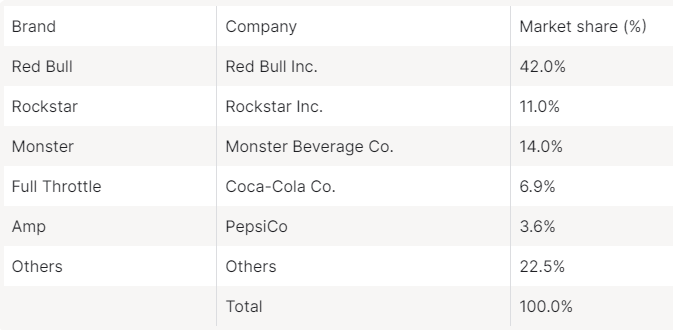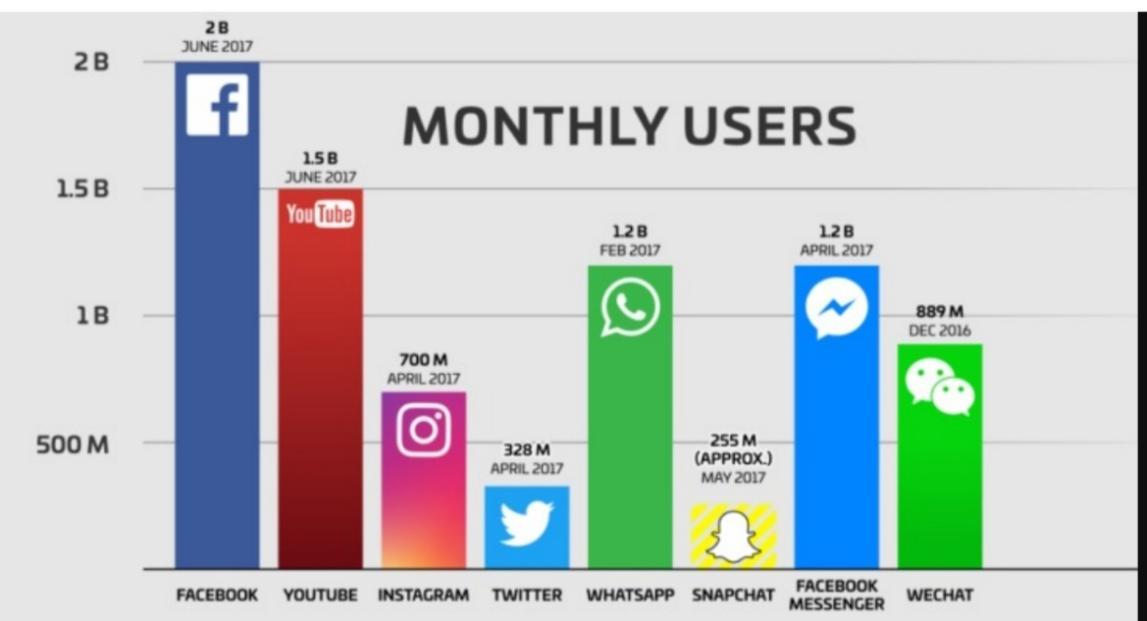Introduction
The company endeavors to introduce Quench Energy, the latest product in the energy drink line, in the next fiscal year. This marketing plan outlines the marketing and advertising efforts for the new product. It provides a marketing analysis of the current marketing position of its competitors, collaborators, business climate, and its strengths and weaknesses. It outlines the marketing plans by identifying the customer needs and how this new venture will meet the identified needs. Finally, this marketing plan includes budgeting, investments, and return on investment.
The Business Challenge
This marketing plan will serve as a template of the GTM strategy to ensure the successful introduction and survival of the new energy drink in the target markets. It will define the market through market research for the ideal client base and appropriate market segmentation. The marketing plan will determine the company’s and product’s value proposition by choosing the products’ unique benefits and providing possible solutions to the target market. We will also offer product strategy, distribution channels, external marketing, budgeting, and success evaluation in the marketing plan.
The Market
Market research conducted by the marketing team in the previous fiscal year identified the ideal market, need for the product in the target market, the strengths and weaknesses of the company concerning the target market, collaborators, competitors, and business climate that will affect the performance of the product.
Customers: Primarily, the target market is the young generation aged 16 years to 45 years, lower-, middle and high-income earners, and of all genders. Since the company operates internationally, the target customers are spread across the globe.. However, clients are looking for affordable organic made, distributed, and used in environmentally friendly circumstancesThe new product must observe friendly environmental practices such as encouraging recycling, being organic and healthy, and being pocket-friendly to the identified target market.
Company Analysis: The most significant challenge is that countless brands of energy drinks are already available in the market. The new Quench Energy provides the best option to meet these demands. The drink is made using organic ingredients such as real fruit for flavoring and coffee to provide caffeine. Environmental protection is also prioritized in every stage of the product life cycle, such as water and energy conservation in production and recycling in the disposal.
Collaborators: Quench Energy is a new product that provides soft and carbonated drinks globally. The company has a set effective value chain equipped with loyal collaborators, including wholesale suppliers and distributors. As a new product, Quench Energy will use the already established contributors and suppliers to introduce the new product into the market. Additionally, online collaborators will be extensively utilized as the adoption of e-commerce grows in the industry.
Competitors: As stated above, countless energy drinks brands are available in the markets. In the USA, the main competitors include Red Bull, Monster Energy, Rockstar, and NOS, while in the UK, AMP energy drink is a leading competitor. However, as explained earlier, the product focuses on fulfilling the current needs of consumers that other brands do not fulfill. Therefore, the impact from other competitors is expected to be minimal.

Business Climate: The product has ensured that it adheres to government regulations and legislations in the USA and international laws to ease entrance into the global markets. The major challenges will be cultural differences as well as pricing from one country to another. Although the affordable pricing ensures easier competition, it is a major threat to the business.. Current technological systems were used in production, logistics, and recycling.
The Strategy
The strategy: The go-to-market strategy for the new energy drink fits into the e-commerce space. The marketing team chose this strategy because it reaches the highest potential clients at affordable rates. Social media advertisement such as Facebook, Instagram, and YouTube, guarantees to reach the highest number of people across various jurisdictions. Additionally, new suppliers, retailers, and wholesalers can be scouted from online platforms. Other marketing strategies such as print media, broadcasting, and outdoor advertisements were also considered but proved less effective and were hence discarded.

The Offering: Quench Energy uses organic caffeine as its main energizer. It lacks preservatives and other chemical additives and is categorized into fruit flavors. The product is made in the safest environments where water and energy conservation are practiced, reducing green issues. Additionally, the cans used for storage and distribution are made from recycled material, and clients are encouraged to dispose of the cans for recycling correctly.
The critical pricing strategies that can be used include cost leadership pricing, customer value perception, and competitor pricing (Scilly, 1). The marketing research team checked the competitors’ prices, considered product lifecycle, reviewed product quality and value balance, and researched customer value perception. After considering the various pricing strategies, the wholesale price was set at $2.50 per 250ml (8.4 FLOZ) can and $56 for a 24 pack.
The Communication Plan: The product will be launched on the company website. Company collaborators will be enlisted to facilitate communication between the company and the customers. Traditional media will be used minimally, if at all, and the main focus will be on social media platforms and websites. Daily updates and interactions between the customers and the company will be done on online platforms.
Distribution: Distribution will be done using established company suppliers and distributors. International distributors will be engaged to ensure that product reaches every target region. Production will be done primarily in the USA and directly transported to the target market across the globe for bottling and distribution. The product will be sold in 250ml cans, six-packs, and 24-packs directly to the wholesalers and retailers, and further distributions will be left to their discretion. Products will also be sold in bulk on the company website and other partnering social media platforms.
Budget
Investment: The marketing budget will be divided primarily into online advertising and endorsements in ad campaigns. Currently, Facebook for Business costs $7.19 for every 1000 impressions and reaches the highest number of users. Therefore, Facebook will be used primarily with supplementation from YouTube and Instagram. Influencers and brand ambassadors will be commissioned to advertise the products further.
Return on investment: In the first quarter of release, sales are projected at $1.5 million with a steady rise to $2.5 million in the fourth quarter. The sales volume is expected to rise by 100% by the end of the second fiscal year. Overhead costs of upto $540,000 are expected in outbound logistics and recycling but are necessary for smooth operations and client satisfaction. The net income from the product at the end of the first fiscal year is estimated at $4 million.
Conclusion
Quench Energy is an energy drink that targets a broad market. It is a cheap, readily available product that targets markets of all social statuses, gender, and age. There are numerous brands of energy drinks already available in the market hence increasing competition. However, the new Quench Energy drink uses natural fruits in flavorings, provides various fruity options, and prioritizes water and energy conservation in production and distribution disposal stages. These unique offerings make the product stand out and ensure its success in the market.
Works Cited
Euromonitor.com. Soft drinks in the US. Euromonitor. 2011. Web.
Facebook for Business, (2021). Buying ads on Facebook. Web.
Jolly, Wayne. The 6 Most Effective Types of Social Media Advertising in 2021. Big Commerce. Web.
Scilly, Mary. Examples of Cost Leadership and Strategy Marketing (2016). Web.

